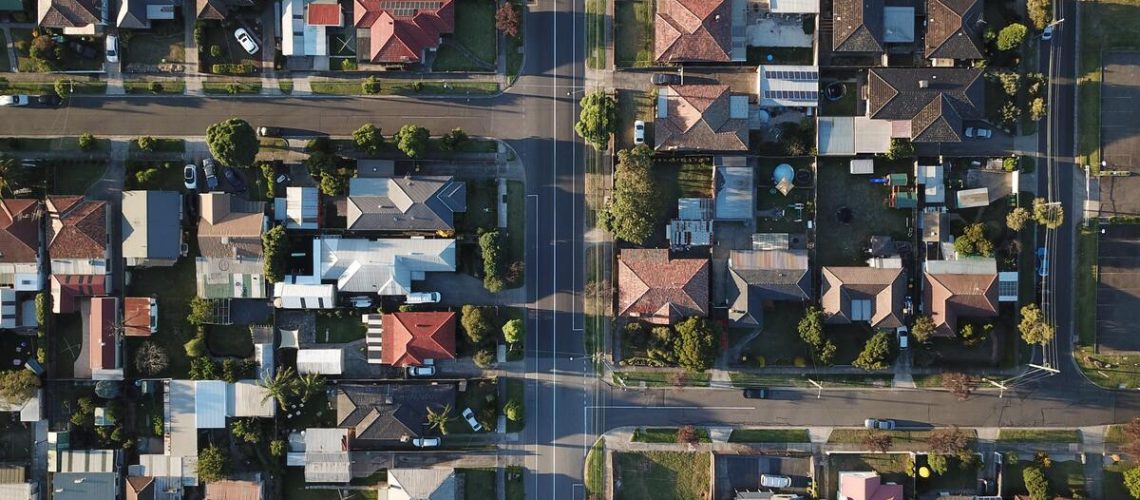2020 was a rough year for the entire world: almost overnight, entire industries went into the red, thousands became jobless, cities went into full lockdown, and entire populations rendered immobile with fear.
But now, with vaccines rolling out across Australia, the country is starting to pick itself up, and nowhere is this more evident than in Melbourne and its booming housing market. Despite a pandemic that was disastrous on both the health of the people and the economy, residents are somehow finding ways to get back out there and start buying. Experts even predict that Melbourne house prices is going to enjoy double-digit growth over the next couple of years.
Although there are plethora of reasons Melbourne seems shielded from the most devastating effects of the pandemic, many homeowners and property sellers credit smart and ethical practices by financial institutions, with many enjoying refinanced home mortgage in Melbourne that come with fiscally-reasonable payment plans.
Melbourne housing values suffered an understandable downturn in 2020 because of extended lockdowns, but as the Covid situation in the country has gotten better, the city’s property market is now enjoying a strong and steady rebound: post-stage 4 lockdowns, housing prices soared to a respectable 12.9%, with a 0.3% gain in July of 2021. As early as mid-2021, Melbourne had already started seeing housing prices go back up to peak 2017 levels, the city’s strongest housing market year to date.
The Melbourne Housing Market: A History of Upward Trend
Despite the (understandably) pessimistic forecasts of financial institutions around the world back in late 2020, Melbourne managed to defy the odds and bounce back stronger than ever. But is that really all that surprising?
As the capital of Victoria, Melbourne has always been one of the state’s, if not the country’s, most important cities, thanks to the city being host to Australia’s largest air and sea ports. These critical trading infrastructures have allowed Melbourne to grow exponentially over the years.
Over the last 4 decades, Melbourne has seen nothing but an uptrend in its housing market, with housing prices in Melbourne increasing by an average of 7.9% per annum, with median apartment and unit prices increasing by roughly the same number.
Obviously, this wasn’t the case year in and year out: Melbourne is not immune to real estate cycles, after all. However, on average, Melbourne has enjoyed a strong property market because of its position as Australia’s leading trading hub and because the city works hard to maintain its position as one of the most livable cities in the world.

Melbourne: The Best Place to Live
Speaking of becoming the most livable city in the world, Melbourne has actively sought this title from the Economic Intelligence Units (or EIU) Global Liveability Index since 2002. But other than the pride one gets from being named the “number one place to live on earth,” securing this top spot in the Global Liveability Index means that Melbourne’s housing market will also enjoy a huge pick-me-up in terms of prices and growth.
But how important is this title? Well, despite the pandemic, being listed as one of the most livable places to live on the planet has allowed Melbourne to maintain relatively high levels of consumer confidence, reflected in the city’s constantly rising property transaction and auction clearance rates. It becomes a sought-after location for people looking to make that big change; like anyone looking up the best places to live an organic lifestyle or the safest cities in the world, those who look up livable places are certain to move.
The Melbourne housing market is able to meet this demand by aggressively expanding its residential housing infrastructure. The western suburbs of Melbourne saw an additional 18,800 houses constructed in just under two years. A word of caution, however: high-rise apartments, particularly those in the Melbourne CBD, will probably not perform as well as suburban housing, with the former expected to steadily decrease in value over the next decade or so.
Melbourne’s inner-city apartments will also be excluded from the general growth of the Melbourne housing market. A strange trend, considering that Melbourne saw a 127% growth in high-density residential building construction at the beginning of the 2010s. However, this may not be the case over the next couple of decades, with experts expecting a population boom that will see Melbourne’s population to double by 2050.
Nowhere to Go But Up
Melbourne’s housing market has been the envy of many cities both in Australia and around the world, mostly because the city has enjoyed a 40-year long upturn that is showing absolutely no signs of stopping anytime soon.
Which isn’t to say that Melbourne is immune to force majeures like adverse weather (which Melbourne is no stranger to), global pandemics, and of course, regular market activity. But even the devastating Covid-19 pandemic, which was the deadliest plague to hit the world since the Spanish Flu more than a century ago, was unable to keep Melbourne down, with the city’s residential housing market seeing an 8.8% growth just 8 months after hard lockdowns were lifted.
Of course, Melbourne isn’t without its naysayers, with some analysts predicting a catastrophic housing crash sometime in the near future. Investors in Melbourne, however, aren’t particularly worried. After all, if Y2k, Mad Cow disease, Bird Flu, the War on Terror, the Recession of 2008, and a global pandemic couldn’t slow Melbourne down, well, there’s not much else that could.

